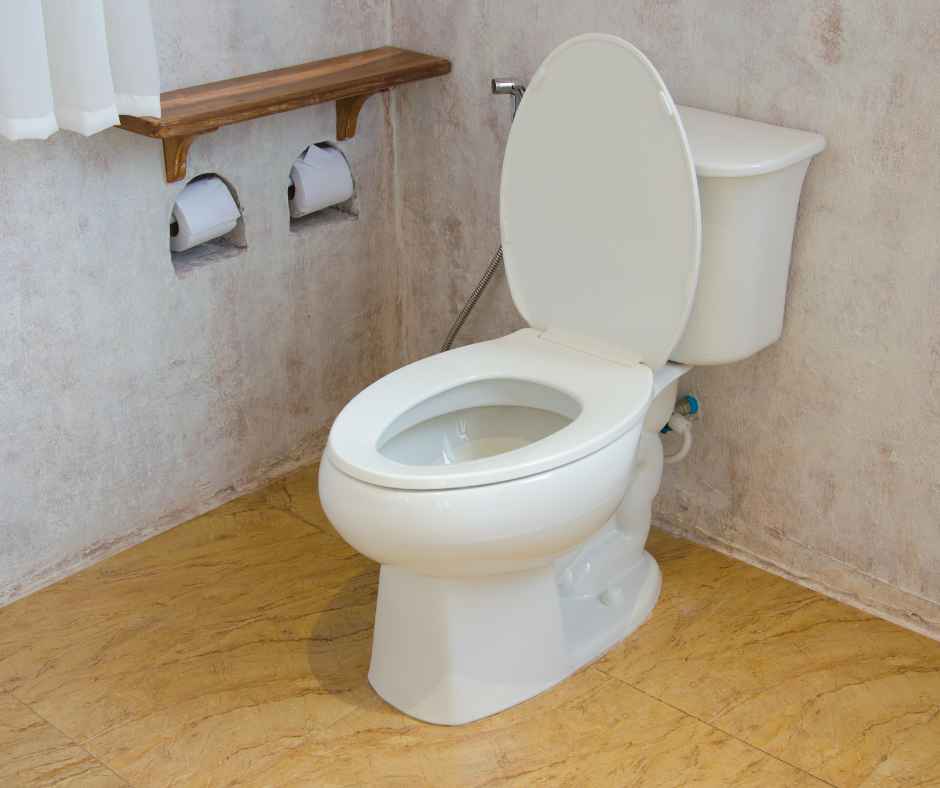the East Side & Beyond!
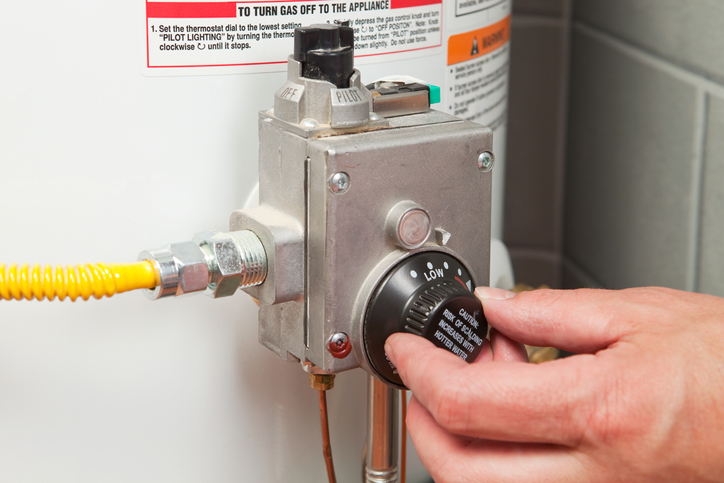
Tips to Keep Your Water Heater Pilot Light Healthy
December 20, 2018
It’s the end of the day and dinner dishes are piled in the sink; the laundry needs to be done and you are desperate for a hot shower…all of which require a fully functional water heater which means a healthy pilot light. The pilot light on your water heater carries a big job and can affect the entire household if not working properly. If the pilot light ends up going out, your faucets will only produce cold water because without it the appliance has no way of turning on to heat up the water. Here are some potential ways your pilot light may malfunction and how to maintain a well working pilot light:
- How does the pilot tip look?
Gas is funneled through the tip of the pilot light – giving it power. This gas comes from a supply line that is connected to natural gas or propane. Over time the tip may accumulate gunk consisting of dirt and residue that starts to block the flow of gas. In order for the pilot light to work well the tip must be cleaned periodically so it can do its job thoroughly and at full capacity. You can clean the pilot light device by turning it off and waiting for it to cool down, then take a needle, flexible wire or even a toothbrush to remove the built-up debris. We recommend checking your pilot light for residue about every six months. - Do you have sufficient gas?
Are you having trouble keeping your pilot light lit? One possibility could be that it has an insufficient gas supply. If your pilot light is not getting enough gas pushing through, it can cause the light to flicker, leading to an inefficient water heater. It’s wise to check the gas in your reservoir to see what the pressure gauge shows on your supply. Most the time the gas will work sufficiently until it’s completely gone but sometimes as your supply lessens so does the pressure. There is also a possibility that the tubing connected to the gas got kinked requiring new tubing to be installed. - How is the thermocouple working?
Water heaters have a thermocouple, which is a device that works alongside the pilot light and helps determine whether or not it is hot enough to trigger the gas or propane to bring ignition. The pilot light and thermocouple work together to bring hot water to your home but if the thermocouple isn’t working properly then it won’t recognize the heat from the pilot light and won’t open the valve to heat up the water. Therefore, because it is a partnership they both must be working properly in order for your water heater to provide hot water to your home. Like any device, after it’s been operating for a long period of time things can happen. For example, if for some reason the thermocouple ends up getting bent and bends too far away from the pilot then the pilot light’s heat won’t register. The flame should be close enough to feel the heat, ideally, it should be lightly touching the thermocouple to ensure they are properly working together. - What color is the flame?
A healthy pilot light should shine a bright blue color. If the flame is more of a yellow or orange color it is an indication that there is a problem, and something isn’t working properly. The color of the pilot light is always indicative of it burning either efficiently or inefficiently. This once again leads to the partnership between the pilot light and thermocouple because when the thermocouple detects a problem it will go on protective mode and extinguish the flame and shut the valve.
The pilot light works hard and though it’s a small light it has a big job by ensuring that you have plenty of warm water for cleanliness and household chores. Like any home appliance, it’s important to do the maintenance and inspections it needs to remain healthy and strong.
Call The Plumbing Joint for Repairs
If you spot problems like these or suspect any other plumbing or drain issues, simply call the Plumbing Joint at (425) 279-7029 for help in Seattle, Tacoma, Bellevue, Renton, King County and many of the surrounding areas. Learn more about our experienced team and commitment to customer satisfaction.
Recent News
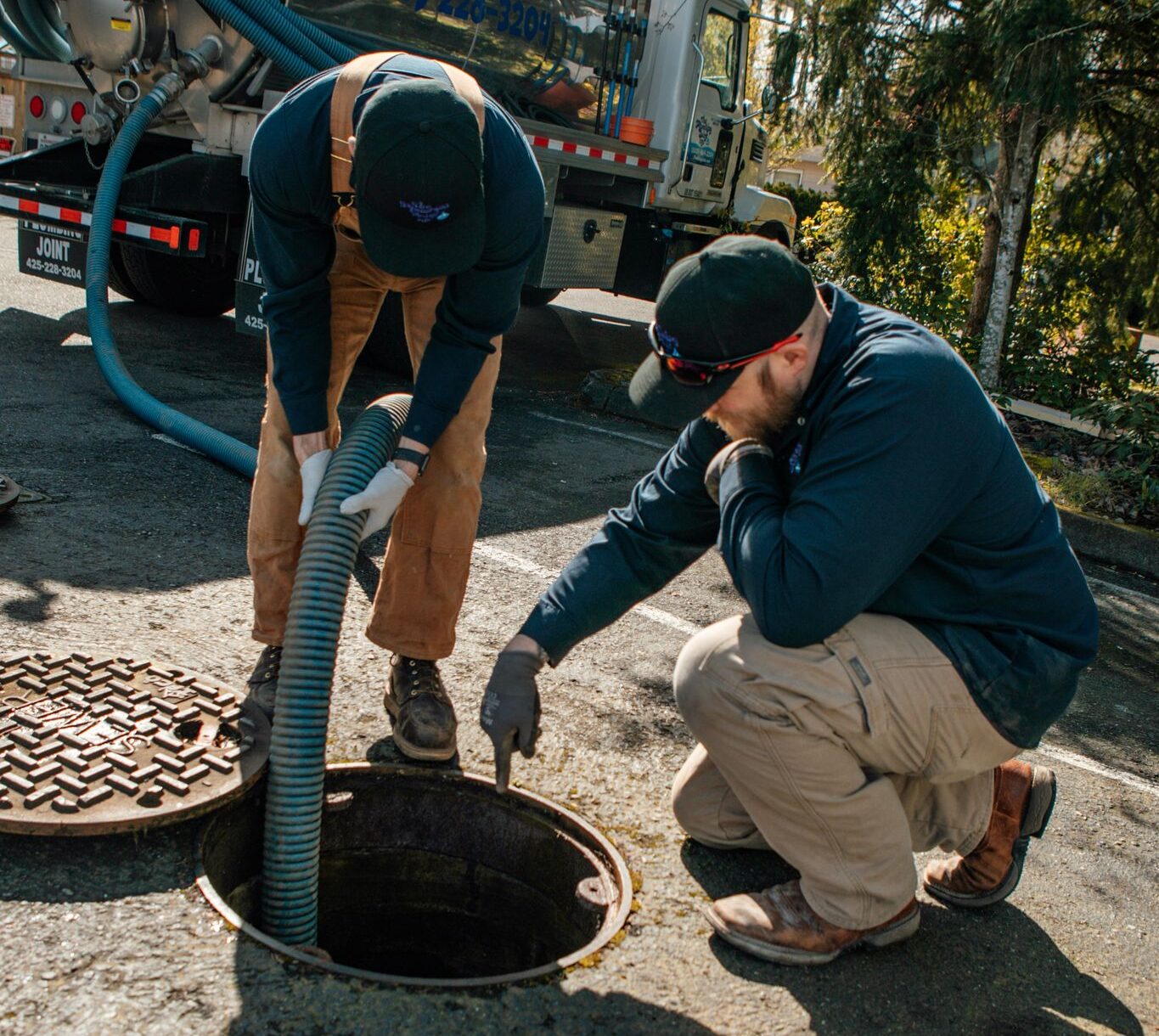
How To Spring Ahead of Plumbing Issues
March 11, 2025
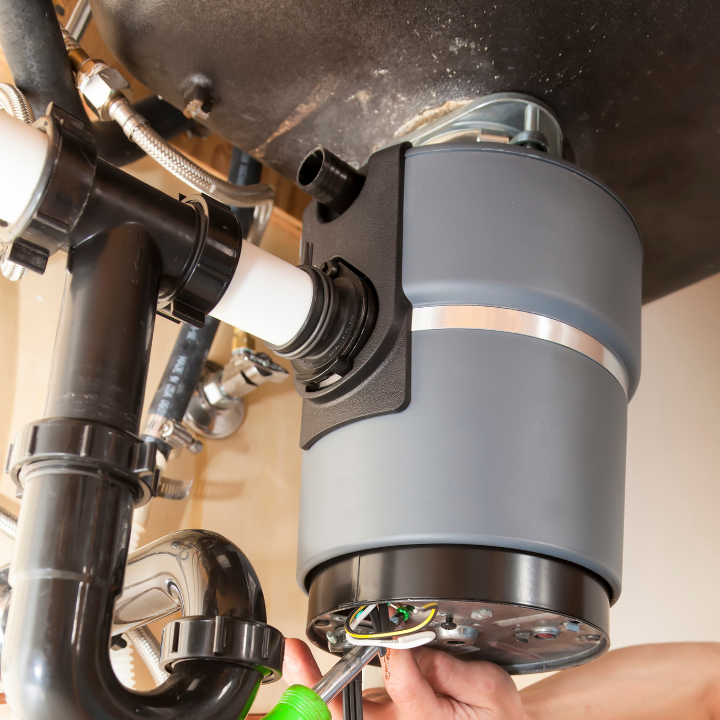
Help! My Garbage Disposal Is Humming But Not Working
February 7, 2025
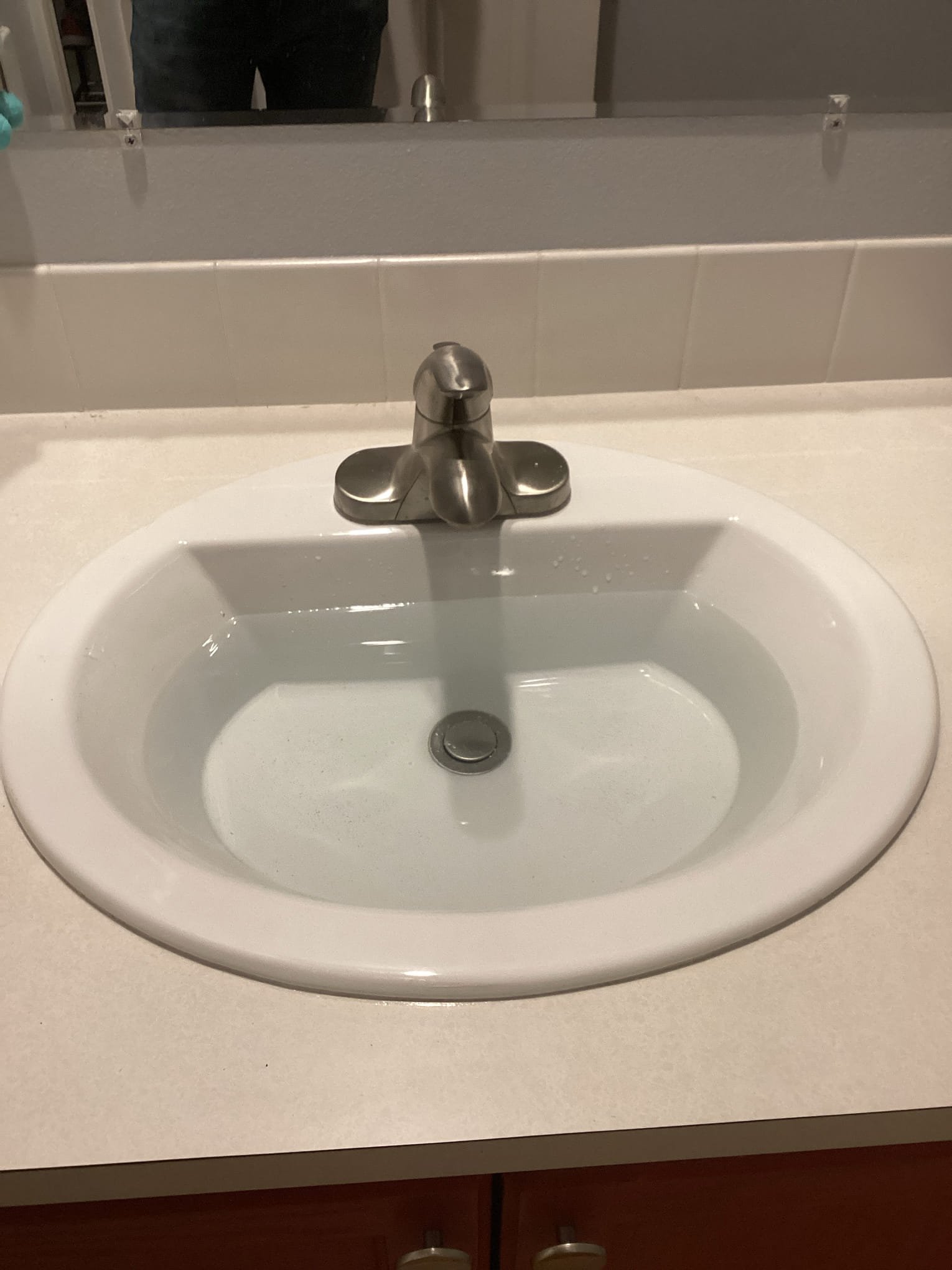
Why Does My Sink Gurgle?
January 10, 2025
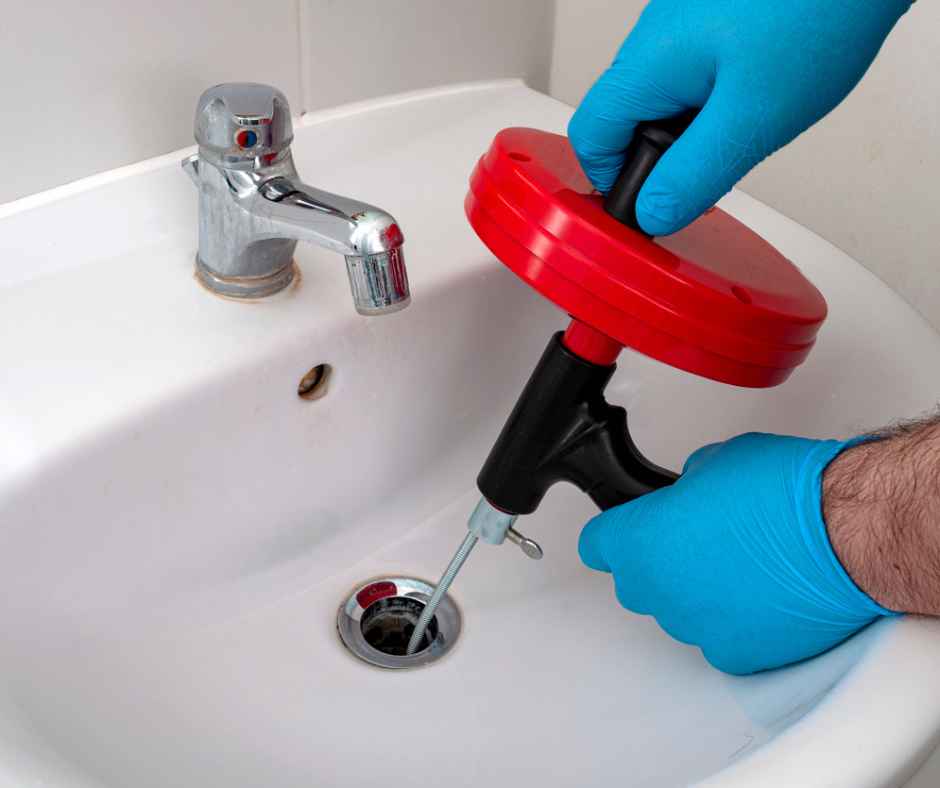
How to Use a Plumbing Snake
December 13, 2024
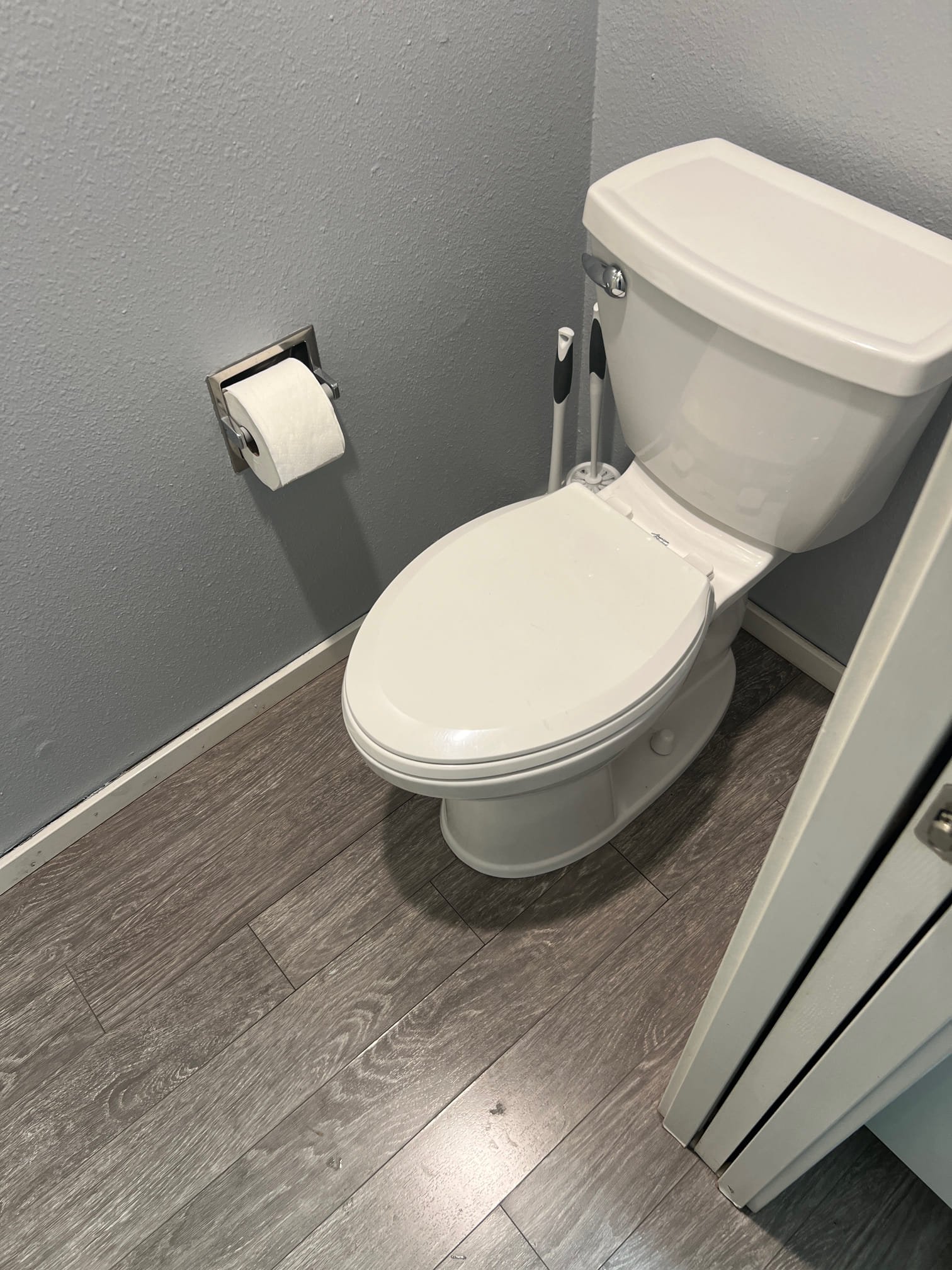
Toilet Sounds And What They Mean
November 7, 2024
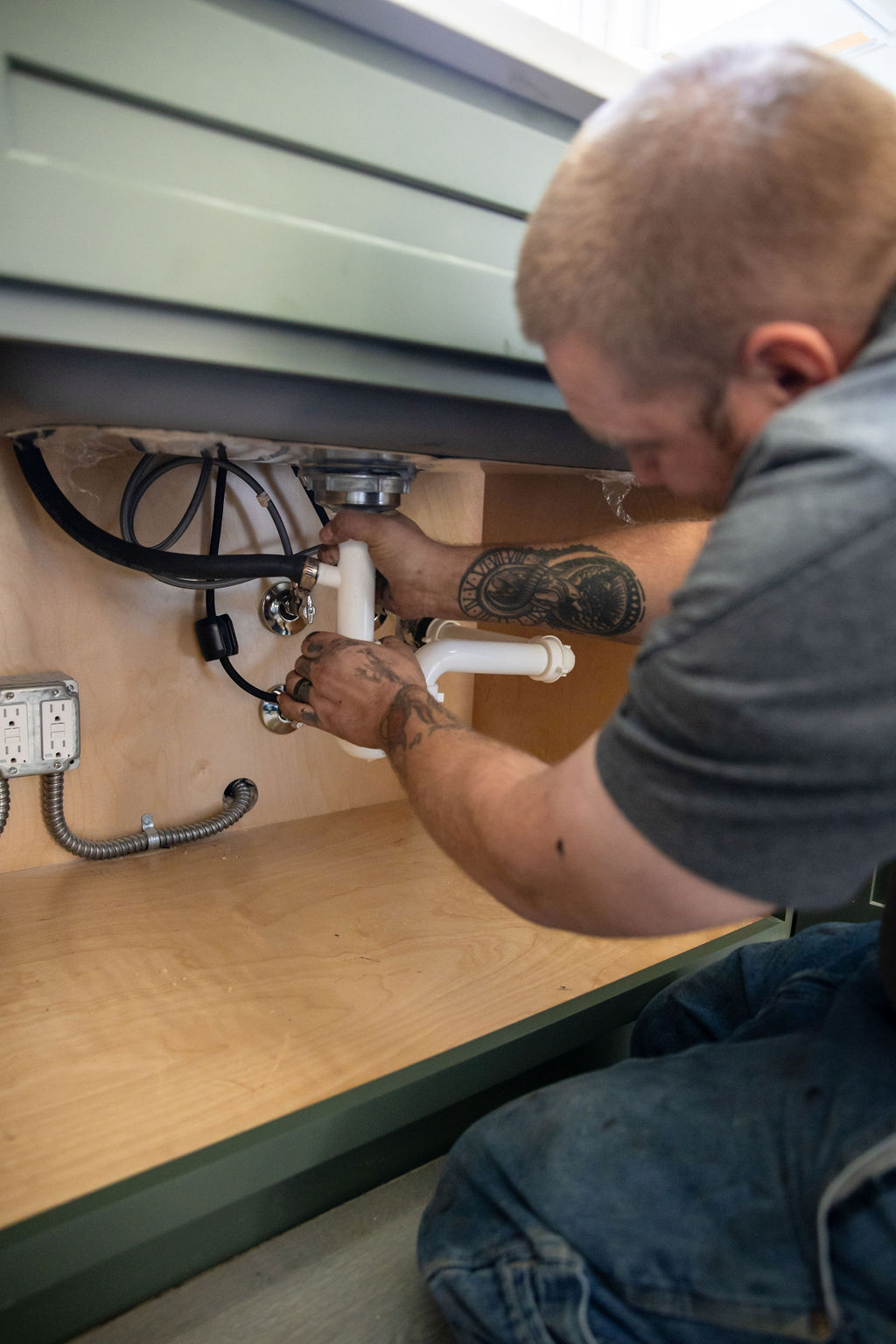
I Have Knocking Pipes When Water Is Not Running – Why?
October 10, 2024
